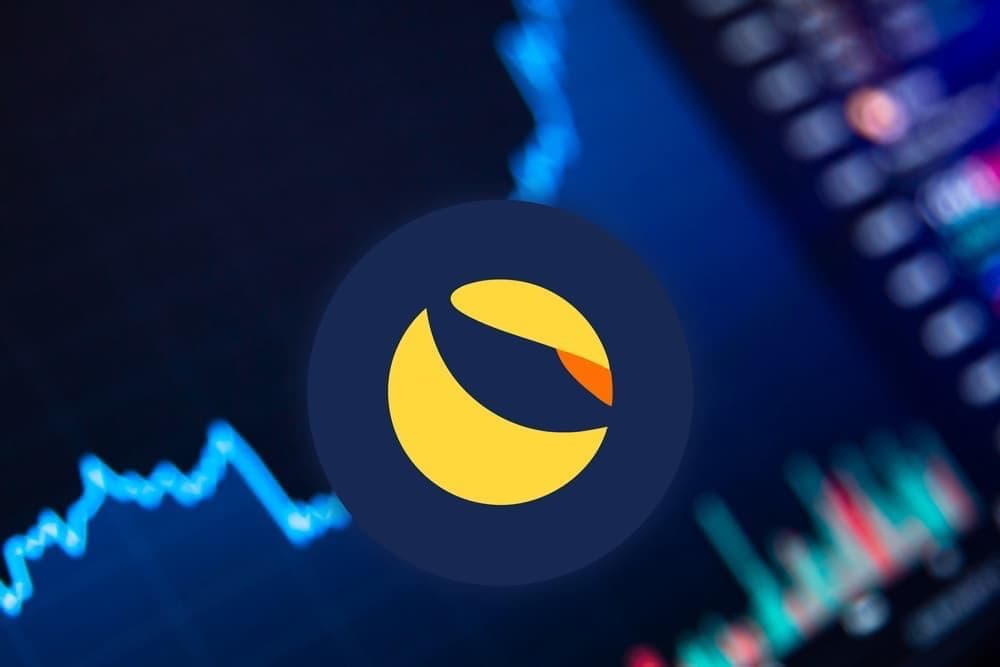Luna investors still hope to get their money back?
The new cryptocurrency will no longer be involved in any attempt to peg its value to the US dollar, in an attempt to avoid the once devastating “death spiral”. The plans were approved by an investor vote, with 65% voting in favor. New tokens will be given to a wide selection of users who participated in “terra classic” before and after the crash.
In a tweet, Terra said that it will be working with crypto exchanges Binance and Bybit to distribute the new asset to Luna Classic and UST holders on the exchanges.
“Our strength will always be in our communities and today is the most resounding sign of our resilience. We can’t wait to continue our work to build a future together. money hybrid,” Terra said in a tweet.
As such, the founders of Terra were looking for the next step forward for the crypto project that collapsed just as it took off under the name “terra 2.0” in a last-ditch attempt to recover their losses. invest. Naturally, the latest collapse of the Terra project resulted in a combined loss of about $60 billion in the stablecoin market terraUSD (UST) and sister cryptocurrency luna. Earlier this month, the UST coin plummeted below the $1 peg, which incited a devastating crypto sell-off.

The collapse of the UST coin this month has led to a widespread collapse of the crypto sector. Photo: @AFP.
Like many other stablecoins, UST is pegged at a 1-to-1 ratio to the dollar. Mining a new UST requires “burning” or destroying a luna. This structure allows for arbitrage opportunities that are key to maintaining rates: Users can always swap one Luna for UST and vice versa for a guaranteed price of $1, regardless of the market price. field of either token at that time.
For about two days earlier this month, a nonprofit pro-TerraUSD deployed nearly all of its bitcoin reserves in an effort to help it regain its usual $1, according to an analysis by Elliptic Enterprises Ltd., a cryptocurrency risk management company. Despite the massive rollout, TerraUSD ultimately deviated further from its expected value.
“What the Luna ecosystem does is it has a very positive and optimistic monetary policy, which is quite effective when the markets are doing very well, but it has a very weak monetary policy in the face of with an unexpected market volatility,” said Stuti Pandey, an investor in Web3 and a venture partner at Farmer Fund, in a statement.
However, this is not the first time a decentralized algorithmic stablecoin has failed. Many people in the crypto industry had hoped that Terra’s crypto ecosystem project could succeed, but did not expect such an unexpectedly dire scenario. And it may be a long time before investors recover from the UST and Luna coin failures this month — and that could leave the new project in a very shaky position.
“There’s a big question mark,” Felix Hartmann, managing partner at Hartmann Capital, told CNBC.
“The Luna founders will also lose a lot of time because they won’t have a multi-billion dollar market cap like they used to: They’ll probably start over on the ground floor,” he added. “So it’s something worth seeing, but maybe the real results – if it happens it will last longer than a year or two. Definitely not this month.”

TerraUSD developers voting to create new blockchain without stablecoin failed. Photo: @AFP.
From another angle, legal barriers also appear. Stablecoins have been of prime interest to regulators for the exact same reason highlighted by the TerraUSD crash: lack of transparency in stablecoin transactions, and stability, abundance, and flexibility in reserves support them, as well as the reliance of market participants on them to enable trading in other cryptographic protocols.
“Algorithmic stablecoins as a dead idea,” said Omid Malekan, a former cryptocurrency industry expert and adjunct professor at Columbia Business School.
“There are other companies running stablecoins but not as big as UST, and all of them are in a state of unsustainable peg right now,” he added. “That failure has made other conservative stablecoins that are backed by fiat seem very attractive in comparison. But the open question now is what kind of regulatory response is going to be when the entire industry is in the grips of it. receive”.
It can be seen that the collapse of the blockchain project Terra – the project that simultaneously plays the role of a commercial bank, a central bank and even a stock market – caused many to call it “Lehman moment” of cryptocurrency world. The crash is also considered by many to be one of the biggest experiments in decentralized finance (DeFi) to date, which saw investors cut their losses and move their funds to less volatile assets. more active.
Terra has attracted some of the biggest names in the crypto space to its blockchain platform, such as Galaxy Digital, Coinbase Ventures, Jump Crypto, and many more, not to mention some retail investors that have ended up already. posted their despair on social media after the incident.
at Blogtuan.info – Source: danviet.vn – Read the original article here



